Introduction
Pig’s liver, often overlooked in modern culinary circles due to its strong flavor and texture, is a nutrient-dense ingredient that can be transformed into a delightful dish with the right techniques and recipes. Rich in iron, vitamins, and essential minerals, fresh pig’s liver is not only beneficial for health but can also be a culinary delight when prepared correctly. This comprehensive guide aims to demystify the process of cooking fresh pig’s liver, offering insights into selection, preparation, cooking methods, and flavor enhancements to ensure a mouthwatering final dish.
Chapter 1: Selecting the Best Fresh Pig’s Liver
The first step in creating a delicious pig’s liver dish is selecting high-quality, fresh liver. Here are some key considerations to ensure you start with the best possible ingredient:
1 Appearance
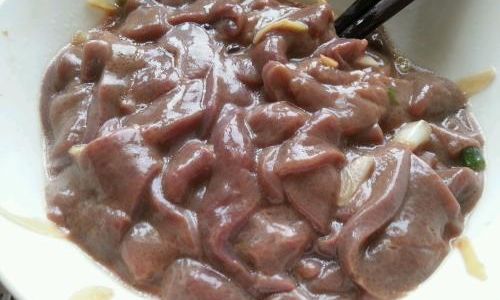
- Color: Fresh pig’s liver should have a deep, rich red color with a slightly glossy appearance. Avoid liver that is pale, discolored, or has dark spots.
- Texture: The liver should be firm to the touch, with a slight bounce when pressed. Avoid liver that feels soft, slimy, or has a sticky texture.
- Consistency: The interior of the liver should be uniform in color and texture, without any pockets of blood or pus.
2 Smell
- Fresh pig’s liver should have a mild, earthy aroma. Avoid liver that smells strongly of ammonia, blood, or has any other unpleasant odors.
3 Source
- Purchase liver from a reputable butcher or grocery store that you trust. Ideally, choose organic or free-range pork to ensure the liver is free from hormones, antibiotics, and other unwanted additives.
Chapter 2: Preparing Fresh Pig’s Liver for Cooking
Once you have selected high-quality fresh pig’s liver, proper preparation is crucial to ensure a tender, flavorful final dish. Here are some essential steps:
1 Trimming
- Carefully inspect the liver and trim away any sinew, fat, or connective tissue. This will help ensure a smoother texture and more pleasant eating experience.
2 Soaking
- Soak the trimmed liver in cold, salted water for about 30 minutes. This helps to draw out excess blood and impurities, reducing the strong flavor and potential for off-tastes.
3 Rinsing
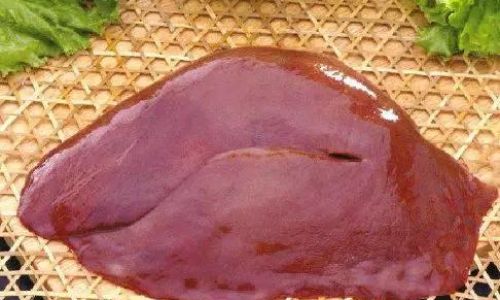
- After soaking, rinse the liver thoroughly under cold running water. Pat it dry with paper towels to remove any excess moisture.
4 Slicing
- Slice the liver into thin, uniform pieces. Thinner slices will cook more quickly and evenly, ensuring a tender texture.
5 Marinating (Optional)
- Marinating the liver in a mixture of acidic ingredients like lemon juice, vinegar, or wine can help tenderize the meat and further reduce any unwanted flavors. Marinate for at least 30 minutes, then pat dry before cooking.
Chapter 3: Cooking Techniques for Fresh Pig’s Liver
There are several cooking techniques that can be used to prepare fresh pig’s liver, each offering a unique texture and flavor profile. Here are some popular methods:
1 Sautéing
- Heat a skillet over medium-high heat and add a small amount of oil or butter.
- Season the liver slices with salt, pepper, and any desired spices or herbs.
- Sear the liver slices for about 2-3 minutes on each side, or until they are golden brown and cooked to your preferred doneness.
- Remove from heat and let rest for a few minutes before serving. This allows the juices to redistribute, ensuring a moist and tender interior.
2 Stir-Frying
- Heat a wok or large skillet over high heat and add a small amount of oil.
- Add aromatics like garlic, ginger, and onions, and stir-fry until fragrant.
- Add the liver slices and stir-fry for about 1-2 minutes, or until they are cooked through but still tender.
- Add vegetables like bell peppers, snap peas, or broccoli, and stir-fry until they are tender-crisp.
- Season with soy sauce, rice vinegar, and sesame oil, and serve immediately.
3 Braising

- Preheat your oven to 325°F (165°C).
- Heat a skillet over medium-high heat and sear the liver slices on both sides until browned.
- Transfer the liver to a baking dish and add a mixture of broth, wine, tomatoes, and aromatic vegetables like carrots, celery, and onions.
- Cover the dish and bake for about 30-45 minutes, or until the liver is tender and the sauce has thickened.
- Serve the braised liver with the sauce poured over top, accompanied by mashed potatoes, rice, or crusty bread.
4 Grilling
- Preheat your grill to medium-high heat.
- Season the liver slices with salt, pepper, and your favorite grilling spices or herbs.
- Grill the liver slices for about 3-4 minutes on each side, or until they are marked with grill marks and cooked to your preferred doneness.
- Serve the grilled liver with a fresh salad, grilled vegetables, or a tangy barbecue sauce.
Chapter 4: Enhancing the Flavor of Fresh Pig’s Liver
While fresh pig’s liver can be delicious on its own, incorporating certain ingredients and flavors can elevate the dish to new heights. Here are some tips and recipes to enhance the flavor of your pig’s liver dishes:
1 Seasoning and Spices
- Salt and Pepper: The foundation of any savory dish, salt and pepper bring out the natural flavors of the liver.
- Herbs and Aromatics: Fresh herbs like thyme, rosemary, parsley, and cilantro, as well as aromatics like garlic, onions, and shallots, add layers of complexity and depth to the dish.
- Spices: Consider adding spices like paprika, cumin, coriander, or chili powder to give your liver dish a unique flavor profile.
2 Sauces and Marinades
- Mustard Sauce: A classic pairing with liver, a mustard-based sauce can be made with Dijon mustard, white wine vinegar, cream, and a touch of honey or maple syrup for sweetness.
- Liver Pate: Blend cooked liver with butter, cream, garlic, and herbs to create a rich, spreadable pate that can be served with crusty bread or crackers.
- Soy-Ginger Marinade: For an Asian-inspired flavor, marinate liver slices in a mixture of soy sauce, rice vinegar, ginger, garlic, and sesame oil before cooking.
3 Accompaniments
- Grains and Starches: Serve your liver dish with grains like rice, quinoa, or barley, or starches like mashed potatoes or polenta, to soak up the delicious juices and sauces.
- Vegetables: Fresh, crisp vegetables like asparagus, broccoli, or bell peppers add color, texture, and additional nutrients to your meal.
- Fruit: The sweetness of fruits like apples, cranberries, or figs can balance the rich, savory flavors of the liver. Consider adding them to a sauce, serving them on the side, or incorporating them into a stuffing.
Chapter 5: Sample Recipes

Here are two sample recipes to inspire your culinary creativity with fresh pig’s liver:
1 Pan-Seared Pig’s Liver with Mustard-Herb Sauce
Ingredients:
- 1 lb (450g) fresh pig’s liver, trimmed and sliced thin
- Salt and freshly ground black pepper
- 2 tbsp olive oil
- 2 cloves garlic, minced
- 1 medium onion, thinly sliced
- 1/4 cup dry white wine
- 2 tbsp Dijon mustard
- 1 tbsp white wine vinegar
- 1/4 cup heavy cream
- 1 tbsp chopped fresh parsley
- 1 tbsp chopped fresh thyme
- Lemon wedges for serving
Instructions:
- Season the liver slices with salt and pepper.
- Heat the olive oil in a large skillet over medium-high heat. Add the garlic and onion and sauté until softened and fragrant.
- Add the liver slices to the skillet and sear for about 2-3 minutes on each side, or until golden brown and cooked to your preferred doneness. Remove the liver from the skillet and set aside.
- Add the white wine to the skillet and cook for about 1 minute, scraping up any browned bits from the bottom of the pan.
- Stir in the mustard, vinegar, and cream, and cook until the sauce has thickened slightly.
- Return the liver slices to the skillet and toss to coat in the sauce. Add the parsley and thyme, and cook for an



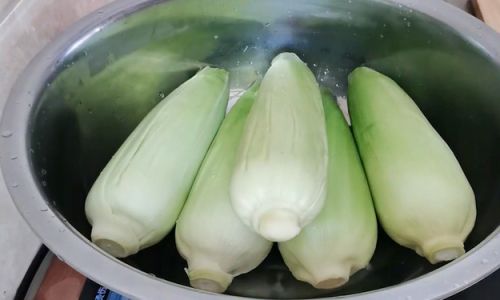
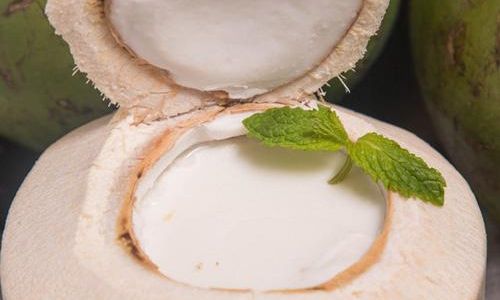
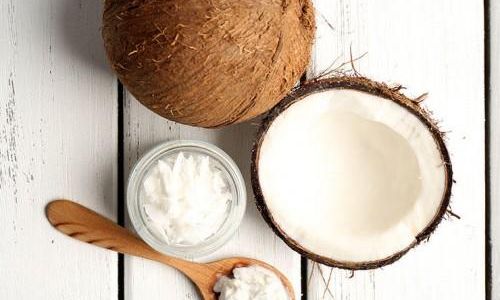
0 comments